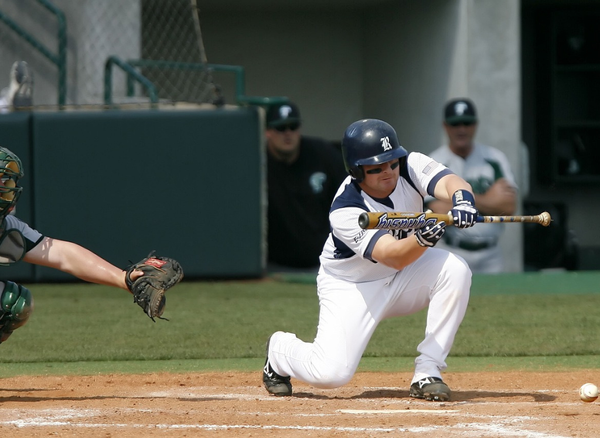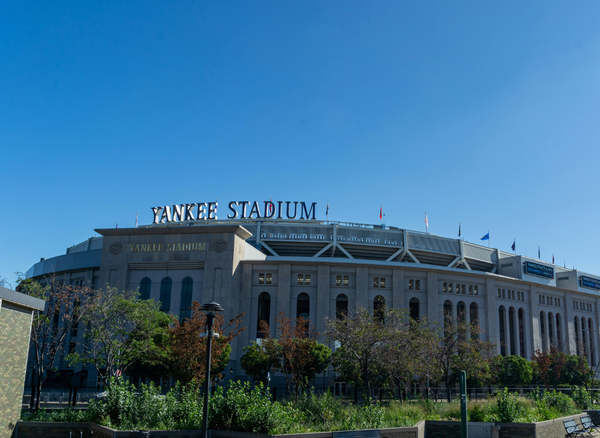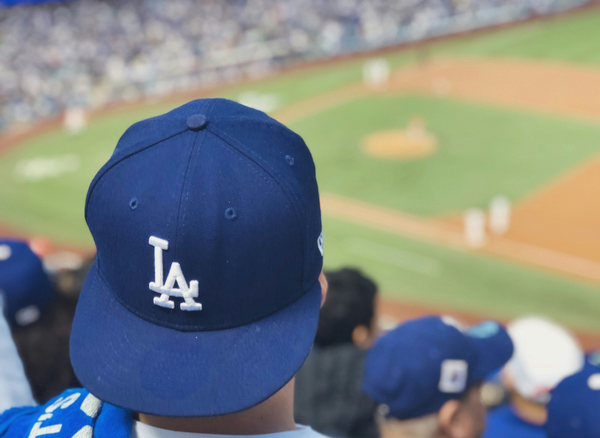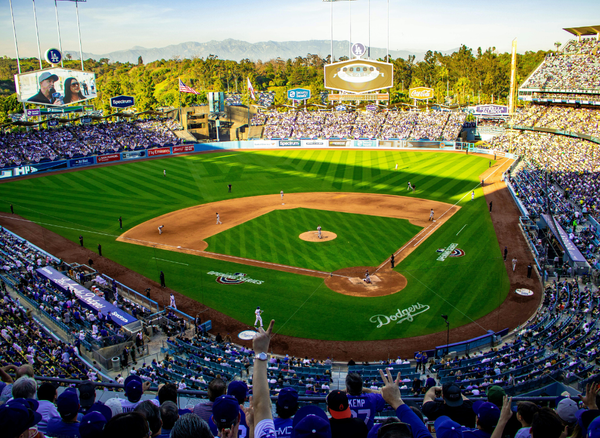In the world of baseball, the designated hitter (DH) is like the cherry on top of a sundae—some love it, others think it’s unnecessary. The DH rule was introduced in 1973 by the American League to spice up the game and add more offense. Imagine a chef adding a secret ingredient to a classic dish; that’s what the DH did for baseball. It allowed teams to have a player who bats in place of the pitcher, who, let’s face it, often swings the bat like they’re trying to swat a fly with a broom.
The National League, however, resisted this change like a cat avoiding a bath. They held onto the traditional nine-player lineup where pitchers had to bat, leading to some rather amusing plate appearances. The DH rule was a health and safety measure for pitchers, sparing them from the embarrassment of striking out more often than not. It also gave teams the chance to keep great hitters in the game longer, even if their defensive skills had waned.
More Than Just a Benchwarmer
The designated hitter is not merely a benchwarmer waiting for their moment in the sun. They are a strategic asset, a pinch hitter on steroids, if you will. The DH is often a player with a batting average that makes pitchers break out in a cold sweat. They are the offensive firepower that can turn the tide of a game with a single swing.
In Major League Baseball, the DH role is a full-time position in the American League, while National League teams have traditionally used it only during interleague play or in the World Series. This has led to some interesting dynamics, like a family reunion where one side insists on playing charades while the other prefers a quiet game of chess. The DH allows teams to keep their best hitters in the lineup without worrying about their defensive capabilities.
Purists vs. Progressives
The DH debate is as old as time—or at least as old as the designated hitter rule itself. Baseball purists argue that the DH takes away from the strategic complexity of the game. They miss the double switch and the art of the pinch hit, where managers had to decide whether to keep a pitcher in the game or replace them with a pinch hitter.
On the other hand, progressives argue that the DH adds excitement and increases offensive output. They point to the American League’s higher batting averages and more thrilling games played as evidence. It’s like the difference between a classic black-and-white movie and a modern blockbuster—both have their merits, but one is undeniably flashier.
Batting Lineups
The DH position allows teams to craft a batting lineup that maximizes their offensive potential. It’s like having an extra ace up your sleeve in a poker game.
This strategic advantage was particularly evident in interleague games, where National League teams must adapt to the DH rule. It’s like asking a fish to climb a tree; they can do it, but it’s not their natural habitat. The DH gave American League teams an edge, as they are accustomed to having a designated hitter in their starting lineup.
The Evolution of the DH
Over the years, the DH rule has evolved from a controversial experiment to an accepted part of the game. It’s like that weird uncle who eventually becomes the life of the party. The National League has slowly warmed up to the idea, especially after the universal DH was implemented during the 2020 season as a health and safety measure. The change was permanent as of 2022.
This change was met with mixed reactions, much like a new flavor of ice cream. Some loved it, while others longed for the traditional taste. However, the universal DH has allowed for more offense and has kept great hitters in the game longer, much to the delight of fans.
Recognizing Greatness
The National Baseball Hall of Fame has recognized the impact of designated hitters, with several great hitters being inducted. Players like Edgar Martinez and David Ortiz, who spent much of their careers as DHs, have been celebrated for their contributions to the game. It’s like giving a standing ovation to the unsung heroes of a play.
These players have shown that the DH role is not just a fallback for aging players but a legitimate position that requires skill and strategy. Their induction into the Hall of Fame has helped legitimize the DH and has paved the way for future generations of designated hitters.
The DH and the Boston Red Sox
The Boston Red Sox have had a long and storied relationship with the DH position. It’s like a romance novel where the two protagonists are destined to be together. The Red Sox have had some of the greatest designated hitters in history, including David Ortiz, who became a legend in Boston for his clutch performances and larger-than-life personality.
Ortiz’s success as a DH helped the Red Sox win multiple World Series titles and cemented the team’s reputation as a powerhouse in the American League. His ability to deliver in high-pressure situations made him a fan favorite and a key figure in the DH debate.
The DH in the National League
The National League’s relationship with the DH has been like a teenager’s relationship with vegetables—necessary but not particularly enjoyable. For years, National League teams resisted the DH, preferring the traditional nine-player lineup. However, the introduction of the universal DH has forced them to adapt.
This change has been met with mixed feelings, much like a new school uniform. Some teams have embraced the DH, using it to bolster their offensive output, while others have struggled to adjust.
The DH and Offensive Firepower
The DH has been a boon for teams seeking more offense. It’s like adding a turbocharger to a car, giving it that extra boost of speed. The DH allows teams to keep their best hitters in the lineup, increasing their chances of scoring runs and winning games.
This has led to higher batting averages and more exciting games, much to the delight of fans. The DH has become an integral part of the game, providing teams with the offensive firepower they need to succeed in the major leagues.
The DH and Baseball Purists
The DH debate was like a never-ending game of tug-of-war, with baseball purists on one side and progressives on the other. Purists argue that the DH takes away from the traditional strategy of the game, while progressives believe it adds excitement and increases offensive output.
This debate had continued for years, much like a classic rivalry. But one thing is certain: the DH has changed the game of baseball forever, providing teams with a new way to approach the game and giving fans more exciting moments to enjoy.
Baseball Designated Hitter FAQ
What is a DH in baseball?
A designated hitter (DH) is a player who bats in place of the pitcher in the lineup. The DH rule was introduced in the American League in 1973 to increase offensive output and has since become a key part of the game.
Why is the DH controversial?
The DH is controversial because it changes the traditional strategy of the game. Baseball purists argue that it takes away from the complexity of managing a lineup, while progressives believe it adds excitement and increases offensive firepower.
Will the DH become permanent in the National League?
The universal DH was introduced during the 2022 season.
Summary
The designated hitter rule has been a game-changer in baseball, adding offensive firepower and strategic complexity to the game. The DH debate had raged on for decades, it’s clear that the position has become an integral part of Major League Baseball. From the American League to the National League, the DH has provided teams with a new way to approach the game, keeping great hitters in the lineup and adding excitement to every plate appearance.









